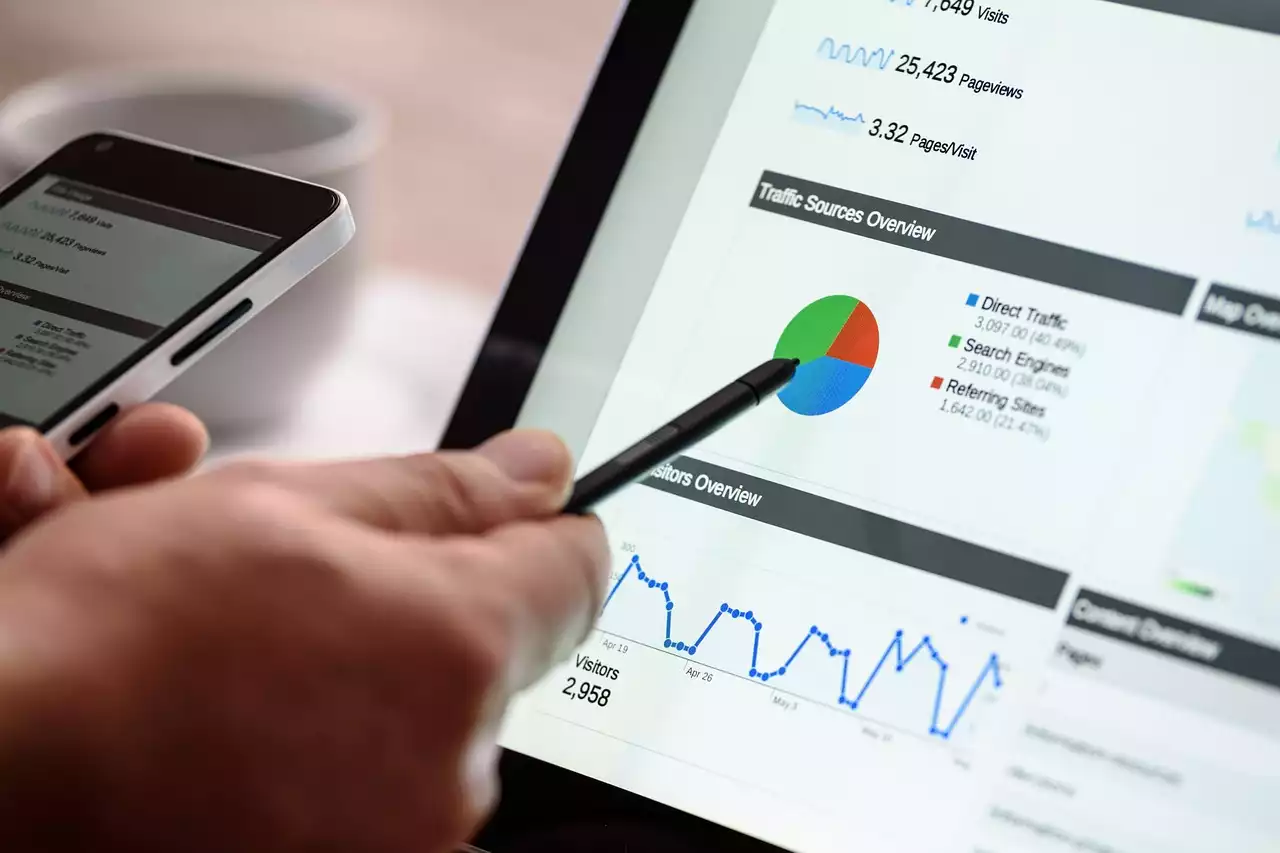Search Engine Results Page (SERP)
The Search Engine Results Page (SERP) is the page that appears when you search for something on a search engine like Google. This page displays the top results that match your search query. The results are displayed in a specific order, which is determined by the search engine algorithm. The first few results are usually paid advertisements, followed by organic search results.
Paid advertisements are typically marked as such and can be found at the top of the page or in a sidebar. These ads are placed through a bidding system, where advertisers bid on specific keywords or phrases that are relevant to their business. The higher the bid, the more likely the ad will appear at the top of the page.
Organic search results, on the other hand, are not paid for. These results are determined by the search engine algorithm, which considers a variety of factors to determine the most relevant and useful results for the user's search query.
Understanding the SERP is crucial for SEM because it helps you understand where your ads will appear and how they will be ranked. By optimizing your ads to appear at the top of the SERP, you can increase your visibility and attract more clicks.
Pay-Per-Click (PPC)
Pay-Per-Click (PPC) is a popular advertising model used in SEM. With PPC, advertisers pay each time someone clicks on one of their ads. This model is popular because it allows advertisers to only pay when someone is interested enough in their ad to click on it.
PPC ads typically appear at the top of the SERP and are marked as "sponsored" or "ad." These ads are created using a bidding system, where advertisers bid on specific keywords or phrases that are relevant to their business. The highest bidder typically gets the top spot on the SERP.
One of the benefits of PPC is that it allows you to target specific keywords and demographics. By targeting specific keywords, you can attract more qualified leads who are more likely to convert. By targeting specific demographics, you can ensure that your ads are being seen by the right people.
However, PPC can be costly if not done correctly. Advertisers need to constantly monitor their campaigns to ensure that they are getting a good return on investment (ROI). By optimizing your ads and targeting the right keywords and demographics, you can ensure that your PPC campaigns are successful.
What is Pay Per Click PPC Marketing in 2 minutes.
Cost-Per-Click (CPC)
Cost-Per-Click (CPC) is the amount that advertisers pay each time someone clicks on one of their ads. This is an important metric to track because it helps you understand how much you are spending on each click.
CPC is determined by a variety of factors, including the competitiveness of the keyword, the quality of the ad, and the relevance of the landing page. The higher the CPC, the more competitive the keyword.
One way to lower your CPC is to improve the quality of your ads and landing pages. By creating high-quality ads that are relevant to your target audience, you can attract more clicks and improve your ad rank. By creating high-quality landing pages that are relevant to your ads, you can improve your quality score and lower your CPC.
Tracking your CPC is crucial for SEM because it helps you understand how much you are spending on each click and how to improve your campaigns to get a better ROI.
Quality Score
Quality Score is a metric used by Google AdWords to determine the quality and relevance of your ads and landing pages. This metric is used to determine your ad rank and CPC.
Quality Score is determined by a variety of factors, including the relevance of your ads and landing pages, the click-through rate (CTR) of your ads, and the overall user experience of your landing pages.
A high Quality Score can help improve your ad rank and lower your CPC. By creating high-quality ads that are relevant to your target audience and directing them to high-quality landing pages, you can improve your Quality Score and get more bang for your buck.
Ad Rank
Ad Rank is a metric used by Google AdWords to determine the position of your ads on the SERP. This metric takes into account your bid, Quality Score, and other factors, such as ad relevance and landing page experience.
The higher your Ad Rank, the higher your ad will appear on the SERP. This is important because the higher your ad appears, the more likely it is to be seen and clicked on by users.
Improving your Ad Rank requires a combination of bidding higher on keywords, improving your Quality Score, and creating high-quality ads and landing pages that are relevant to your target audience. By focusing on these factors, you can improve your Ad Rank and get more visibility for your ads.
Conversion Rate
Conversion Rate is the percentage of users who take a desired action on your website, such as making a purchase or filling out a form. This metric is important because it helps you understand how effective your ads and landing pages are at converting users into customers.
To improve your conversion rate, you need to create high-quality ads and landing pages that are relevant to your target audience. By targeting the right keywords and demographics, you can attract more qualified leads who are more likely to convert. By creating high-quality landing pages that are optimized for conversions, you can improve the user experience and encourage more users to take action.
Tracking your conversion rate is crucial for SEM because it helps you understand how effective your campaigns are at driving conversions and how to improve them to get a better ROI.
SEM Tools and Resources
There are a variety of tools and resources available to help you improve your SEM campaigns. Many of these tools are provided by search engines, such as Google AdWords and Bing Ads.
Google AdWords offers a variety of tools to help you optimize your campaigns, including keyword planner, ad preview and diagnosis, and conversion tracking. These tools can help you identify the right keywords to target, improve the quality of your ads, and track your conversions.
Bing Ads also offers a variety of tools to help you optimize your campaigns, including keyword research tools, ad preview and diagnostics, and conversion tracking.
In addition to these tools, there are also a variety of resources available online to help you learn more about SEM and improve your campaigns. These resources include blogs, forums, and online courses.










